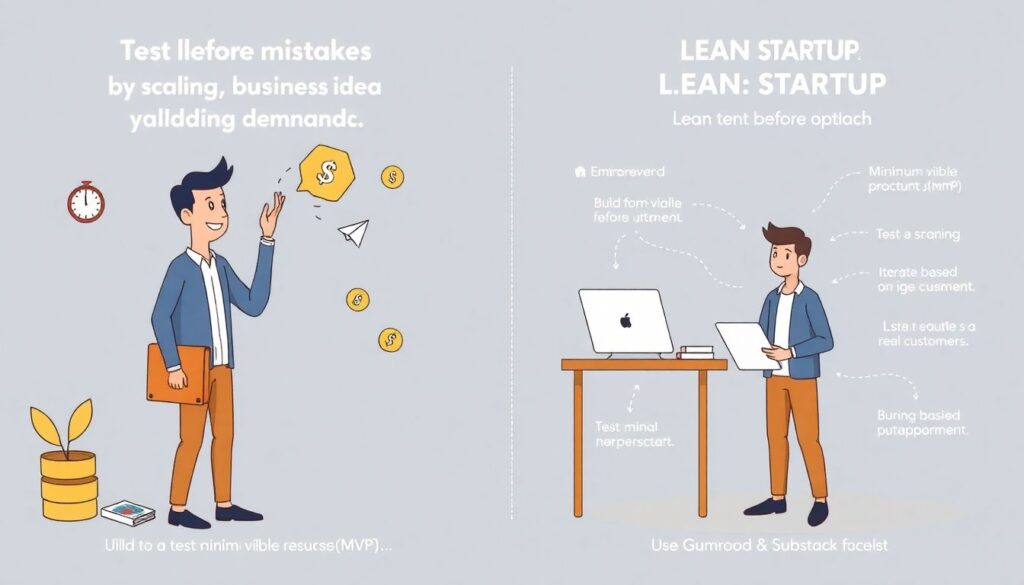Understanding the Foundation: Why Financial Health Matters in a Side Business
Starting a side hustle sounds exciting—extra income, creative freedom, and the potential to build something of your own. But what separates a fleeting gig from a sustainable, financially healthy side business is your approach to planning and execution. Many aspiring entrepreneurs dive in with enthusiasm but overlook the long-term financial implications. Without proper financial structure, even the best side businesses to start can collapse under the weight of poor cash flow, tax surprises, or underpriced services.
Let’s take the real-life example of Sarah, a full-time marketing manager who launched a weekend photography business. She charged $100 per session, thinking it was a fair price. After a few months, she realized she was barely breaking even—after equipment upgrades, travel costs, and editing time, her profit margin was less than 15%. The lesson? Without clear side business financial planning, even a popular service can become financially unsustainable.
Step One: Define Clear Goals and Financial Metrics
Set Specific Income Targets
Before you even register a domain name or open a business bank account, ask yourself: What do I want this side business to achieve financially? Are you looking to earn an extra $500 a month to pay off debt, or are you eventually aiming to replace your full-time income? Your income goals will shape your business model, pricing, and workload.
For example, if you aim to earn $1,000 per month and your average product or service brings in $50 of profit, you’ll need 20 sales monthly. That’s a manageable metric you can build a plan around. It also helps you evaluate whether your idea fits your available time and energy.
Track Key Financial Indicators
A financially healthy side business requires more than just revenue tracking. You need to monitor your gross margin, customer acquisition cost (CAC), and net profit. Use simple tools like Google Sheets or apps like QuickBooks Self-Employed to track these.
Technical Tip: Basic Financial Metrics to Track
– Gross Margin = (Revenue – Cost of Goods Sold) / Revenue
– Net Profit = Total Revenue – Total Expenses
– CAC = Marketing Spend / Number of New Customers
These numbers will tell you if your side hustle is scalable or if it’s just a time-consuming hobby.
Step Two: Choose a Business Model with Built-In Profitability
Look Beyond the Obvious
When exploring profitable side business ideas, most people think of selling on Etsy, freelancing, or dropshipping. But high competition and thin margins can make these models hard to scale. Instead, consider less saturated niches with high perceived value.
Take the example of Mike, a software developer who started offering “no-code automation consulting” for small businesses. With virtually no overhead and a high hourly rate ($100–$150), he built a financially healthy side business that required only 10–15 hours a month.
Validate Before You Scale

One of the most expensive mistakes is scaling a business idea before validating demand. Use lean startup principles: build a minimum viable product (MVP), test it with real customers, and iterate. Platforms like Gumroad or Substack allow you to test digital products with minimal upfront investment.
Technical Tip: How to Validate a Side Business Idea
– Launch a landing page with a clear offer
– Drive traffic via organic posts or $50–$100 in paid ads
– Measure conversion rate (goal: at least 5% sign-up or purchase)
– Collect feedback and refine before investing further
Step Three: Separate Personal and Business Finances
Open a Dedicated Business Account
This step is non-negotiable. Mixing personal and business finances is a recipe for tax headaches and unclear profitability. Open a separate checking account and, if possible, a business credit card. This will simplify your bookkeeping and help you understand your true business costs.
Plan for Taxes from Day One
Many first-time entrepreneurs are shocked by their tax bill. Remember, side income is typically not taxed upfront. Set aside 25–30% of your net income for taxes. Use apps like Catch or Lili that automate tax savings and make quarterly payments easier.
Technical Tip: Estimated Tax Planning
If you expect to owe more than $1,000 in taxes from your side business, the IRS requires quarterly estimated payments. Use Form 1040-ES to calculate and submit these.
Step Four: Optimize Time and Capital Efficiency
Use Asynchronous Models
Time is your scarcest resource. If your side hustle depends solely on your hours, its growth is capped. Look into asynchronous business models like digital products, online courses, or affiliate marketing. These allow you to decouple income from time spent.
For example, Lisa, a fitness coach, created a 6-week digital bootcamp and sold it via email marketing. She spent two weeks building it and now earns $2,000/month passively. This is one of the best side businesses to start if you have expertise in a niche field.
Leverage Low-Cost Tools
You don’t need a $10,000 website or a full-time assistant. Use no-code tools like Carrd for websites, Canva for design, and Zapier for automation. Your goal is to keep fixed costs under 20% of revenue, especially in the early stages.
Step Five: Reinvest Strategically and Scale Intelligently
Don’t Spend Before You Earn
Avoid the trap of “entrepreneurial consumerism”—buying courses, tools, or services before validating your model. Instead, reinvest a fixed percentage of profits (e.g., 30%) into growth. This might mean upgrading your software stack, running paid ads, or outsourcing low-value tasks.
Build a Scalable Infrastructure

Once your side hustle consistently earns money, build systems that reduce your manual involvement. This could include hiring a virtual assistant, using CRM software, or creating SOPs (standard operating procedures). This step ensures your business doesn’t collapse the moment you get busy or burned out.
Technical Tip: Profit Allocation Formula
Use the Profit First method to allocate revenue:
– 50% Owner’s Pay
– 30% Operating Expenses
– 15% Tax
– 5% Profit (retained or reinvested)
This formula keeps your side business financially disciplined and growth-ready.
Conclusion: Build for Sustainability, Not Just Speed
Learning how to start a side business is easy—there are thousands of guides online. But building a financially healthy side business? That requires intention, discipline, and a willingness to think differently. Focus on profitability over popularity, systems over hustle, and long-term stability over short-term gains.
Whether you’re exploring profitable side business ideas or already running one, remember: the best side businesses to start are the ones that align with your skills, scale with your time, and grow with your goals. With thoughtful side business financial planning, you can build not just a source of income—but a true asset.

